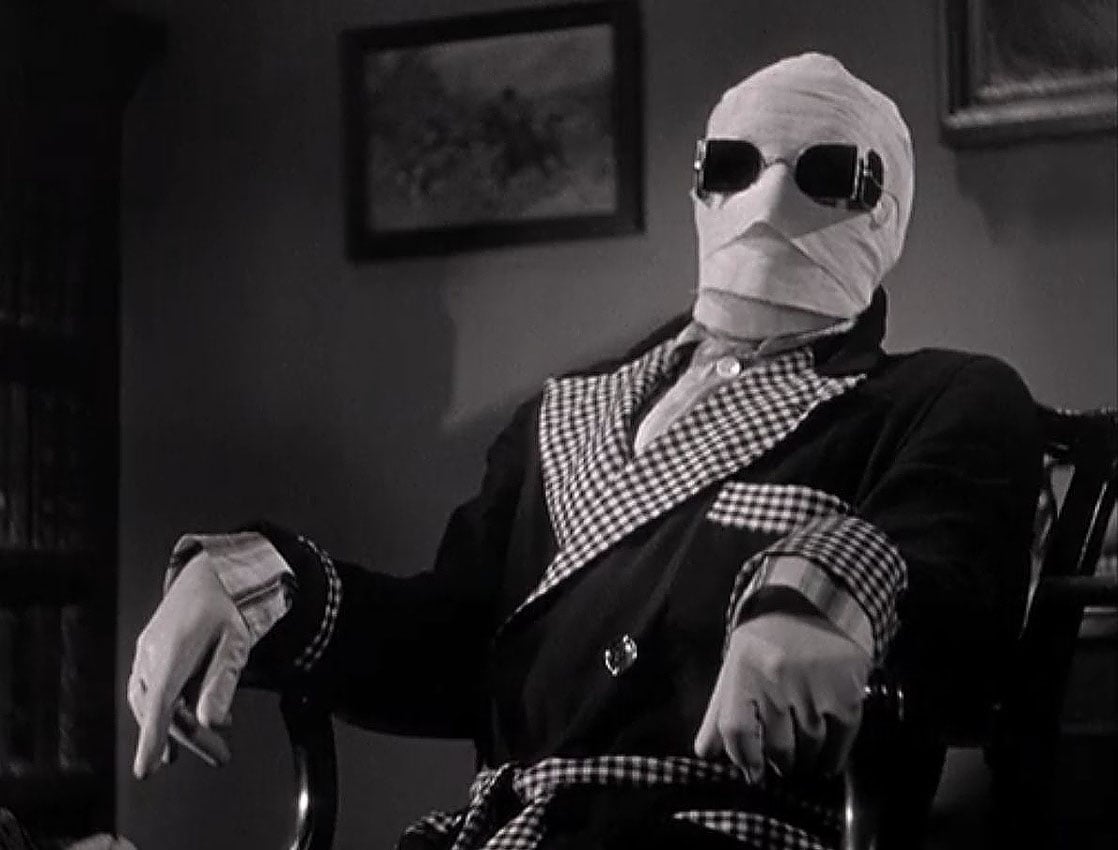
The original letter can be seen in Peanuts: A Golden Celebration.) 1979: Ray Billingsleyīillingsley’s first syndicated strip was Lookin’ Fine, which centered around a group of Black young adults. (In 1968, Peanuts also introduced its first Black character, Franklin, at the request of a reader. Brumsic Brandon Jr.’s strip Luther and Ted Shearer’s Quincy both have a young Black boy starring as the main character. Morrie Turner’s Wee Pals was the first syndicated comic to have an integrated cast of characters. In light of the civil rights movement, comic strips starring Black characters finally started to appear in the papers. Ken Quattro 1965-70: Morrie Turner, Brumsic Brandon Jr., and Ted Shearer Quietly, they provided diversity to an industry before anybody was aware that was even a goal, let alone a possibility. Yet, they took that all-important first step, the one that everyone fears most. Why do these men matter today? After all, for most, their achievements in the comic book medium were relatively minor, even to them. Invisible Men, a well-researched collection by Ken Quattro, brings to light these forgotten artists. A few Black cartoonists found work in the growing industry, especially while many men were overseas during WWII. This blog post focuses on newspaper comics, but superhero comics took off in the 1930s. A detailed account of his life and complicated relationship with his race can be found in Krazy: George Herriman, a Life in Black and White ( available through SearchOhio). Unfortunately, Herriman found it necessary to obscure his heritage. Over the years Herriman’s work has been rightfully recognized as one of the groundbreaking comics that inspired a generation of others, including Peanuts creator Charles Schulz and Bill Watterson of Calvin and Hobbes. It ran as long as it did (until 1944) because William Randolph Hearst himself favored it. Perhaps it was too weird, or too complex for the casual reader. The strip wasn’t popular with the public.

Herriman’s energetic pen line gives life to bizarre trees, vast desert canyons, and a peculiar cashew-shaped moon. But Herriman wraps this motif in layers of colloquialisms, classical references, silly hijinks, and his one-of a kind flair. The premise seems simple: Ignatz Mouse throws a brick at the titular Kat. This wasn’t George Herriman’s only comic strip, but it is the one in which his genius shines through.

Krazy Kat launched in 1913, and is lauded today as an inimitable work of art. Yet from the very beginning, artists of color have been involved with-and even shaped-comics as we know them. Like other industries at that time, mainstream papers did not employ many Black people. The newspaper business took off around 1900, and comics were one way to draw more readers to the paper. American comic strips have been around for just over a century.


 0 kommentar(er)
0 kommentar(er)
